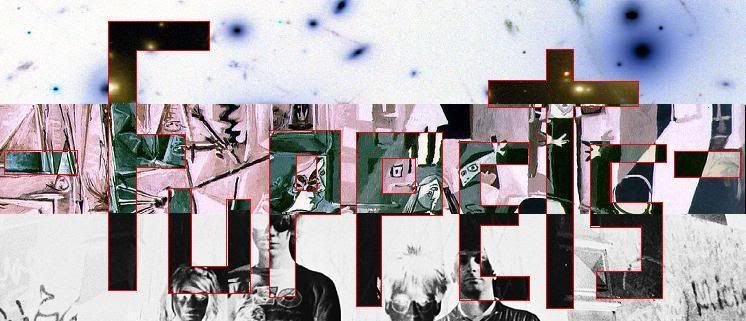
For our entire history, humans have gazed at the band of stars and dust that crosses our sky. Ever since Kepler's time, when we have known that we are in one galaxy which is a part of a bigger universe composed of billions of other galaxies, humans have tried to see the galactic center, to wonder what exactly resides there. The galactic center is obscured by dust clouds thousands of light years across. In our recent history it has been discovered that most galaxies have a very large black hole at the center. Ours appears to be no different.

The bright white spot towards the middle of the above image is a star cluster of several million stars located at the center of our galaxy, and it is believed this cluster surrounds a super-massive black hole. For the past few decades it was assumed that this is the case for most all galaxies. Scientists at The Swinburne University of Technology, however, have found otherwise.
The researchers at Swinburne concentrated on 50 regular galaxies to determine their composition. (Regular galaxies have well defined arms and spirals and are more prevalent. Irregular galaxies are more like fuzzy clouds.)
The researchers, Associate Professor Alister Graham and Dr Lee Spitler, found that 12 of these galaxies contained a double nucleus -- that is, they had both a super massive black hole and a dense star cluster containing up to ten million stars at their centre. - ( Science Daily )
Smaller galaxies were expected to contain a star cluster at their center, while larger galaxies were expected to have a super-massive black hole at the center. Finding 12 out of 50 to have TWO nuclei was a shock. In these galaxies, a super-massive black hole spins around a massive star cluster, each pulling on the other, and collectively providing the gravitation that holds the galaxies together. Amazing stuff. This opens up the possibility of very violent cosmological occurrences!
“When stars get too close to massive black holes, the gravitational attraction is such that they can be devoured,” Graham said. “When you’ve got up to a million stars within the immediate vicinity of a black hole, the chance of this occurring increases significantly.”
The predominance of double nucleus galaxies also means there are likely to be many more ‘hyper velocity stars’ in existence than astronomers had thought.
“This is when a star approaches a massive black hole and gets caught in a gravitational slingshot. When this happens stars can be ejected from galaxies at speeds in excess of 500 kilometres per second,” Graham said.
Another implication of the research – and according to the researchers one of the most exciting – is the increased likelihood of the phenomenon known as gravitational radiation.
“Such emission has been predicted by Einstein’s General Theory of Relativity, but has never been observed,” said Spitler. “It is theorised that when stars spiral quickly around a black hole the motion will create gravitational waves – causing ripples in the space-time continuum.”
The Laser Interferometer Space Antenna (LISA) – a suite of three satellites spaced five million kilometres apart and planned for launch in 2018 – is being designed to search for such ripples as they pass through our solar system.
Maybe our instruments will soon witness such an amazing thing. -FUPPETS- is psyched.

No comments:
Post a Comment